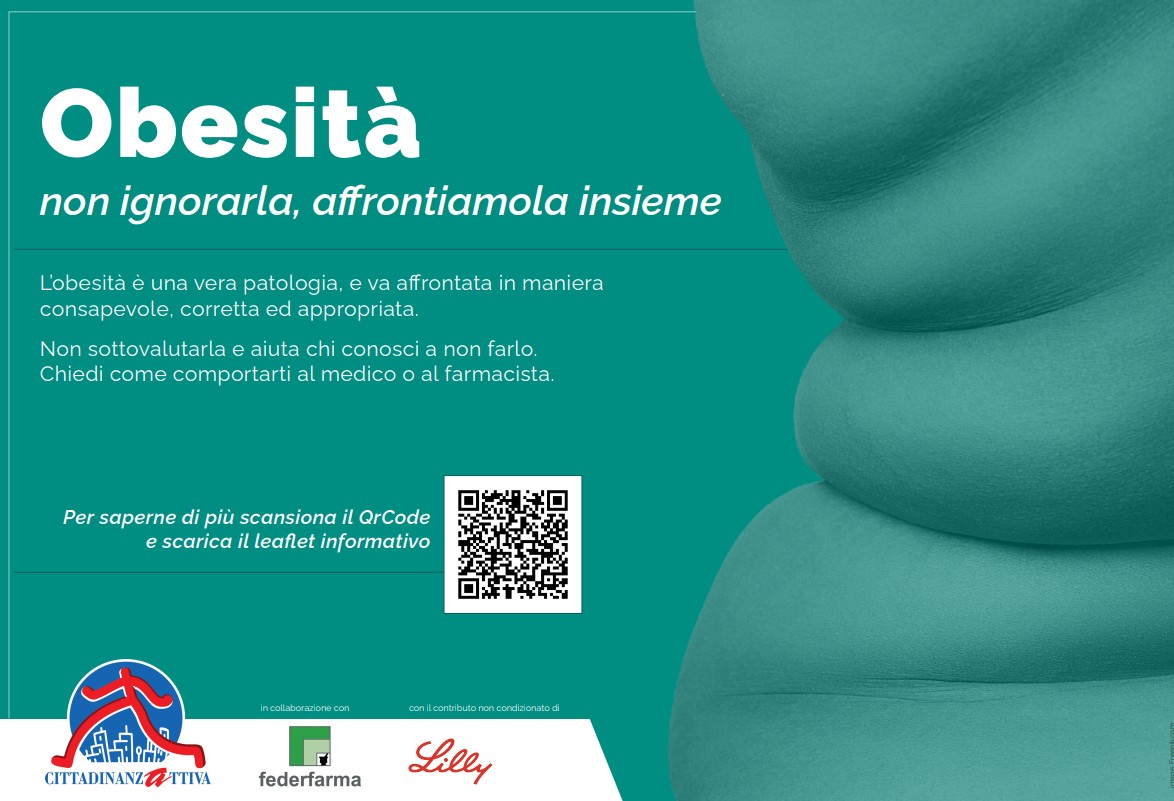ROMA (ITALPRESS) – accurately define the extent of the disease, improve the selection of patients candidates for surgery and increase the effectiveness of therapeutic protocols. All this is possible in the battle against tumors thanks to innovations on imaging techniques. This is the message contained in the Report presented by Professor Gianfranco Gualdi at the Congress “Update in Gastric and Esophageal Cancer”.
A report on the multimodal radiological stadiation of esophageal and gastric tumors, which emphasizes that integration between different imaging methods has been a decisive step in improving the diagnosis, therapeutic planning and prognosis of patients. Professor Gualdi recalled that the combination of ecoendoscopy (EUS), computerized tomography (TC), magnetic resonance (RM) and tomography of positrons integrated with TC (PET/TC) allowed an ever more complete assessment of the three key elements of the TNM classification: the parietal extension of tumor (T), lymph nodal involvement (Nsi) and the presence of metasta.
In detail, the TC has been confirmed as the reference method for systemic staging and surgical planning, able to accurately identify advanced injuries and provide essential information on lymph node and metastatic involvement. Thanks to modern multi-phasic techniques, the TC has allowed to recognize peritoneal or hepatic invasions and to distinguish the different stages of the disease, crucial elements for the definition of the therapeutic path.
The magnetic resonance, Gualdi explained, has contributed decisively to the characterization of tissue and the evaluation of liver and peritoneal metastases, thanks to the high sensitivity of diffusion sequences and the use of hepatospecific contrast media. In esophageal carcinoma, T2-weighted and diffusion sequences have allowed to distinguish superficial tumors (T1-T2) from deeper tumors (T3-T4), achieving comparable or higher sensitivity and specificity than TC.
Professor Gualdi also highlighted how the integrated approach between EUS, TC, RM and PET/TC has made it possible to assess more precise and personalized, laying the foundations for an ever more targeted oncological medicine and able to adapt the treatment to the biological and morphological characteristics of each individual patient. “The multimodal stadiation – Gualdi concluded – represented a qualitative leap in the management of esophagus-gastric tumors. The integration of different imaging techniques has enabled us to accurately define the extent of the disease, improve the selection of patients candidates for surgery and increase the effectiveness of therapeutic protocols.”.
-Photo www.pexels.com-
(ITALPRESS).






